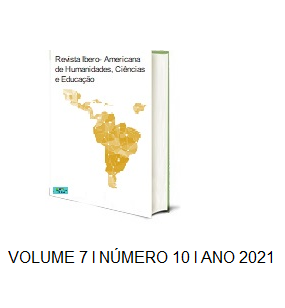CORRELAÇÃO ENTRE A AUTOMEDICAÇÃO DE CORTICOIDES COM O DESENVOLVIMENTO DE RESISTÊNCIA À INSULINA E COMO O FARMACÊUTICO PODE AJUDAR NA PREVENÇÃO
DOI:
https://doi.org/10.51891/rease.v7i10.2408Keywords:
Corticosteroids. Adrenal gland. Automedication. Pharmacist.Abstract
Synthesized by the adrenal gland, steroid hormones are called glucocorticoids or corticosteroids. Nowadays, though, the certainty is that the production of these hormones by the pharmaceutical industry is successful in several treatments. However, with a culture of self-medication, corticosteroids have become an addiction and, consequently, very dangerous for the population that doesn’t take them properly. The looking for treatment with corticosteroids, in most cases, are related to it’s anti-inflammatory action and as therapy for autoimmune diseases, but the use of corticosteroids can lead to the onset of diabetes if used for a long period. The pharmacist professional, once aware of such dangers, even with the medical prescription in hand, must make the necessary clarifications and questions to the patient at the time of dispensing, to promote prevention of diseases and reaffirm the correct orientation regarding the use of corticosteroids and, consequently, prevent the patient from taking the medication improperly or for longer than the period in which it was prescribed.
Downloads
Downloads
Published
How to Cite
Issue
Section
Categories
License
Atribuição CC BY

